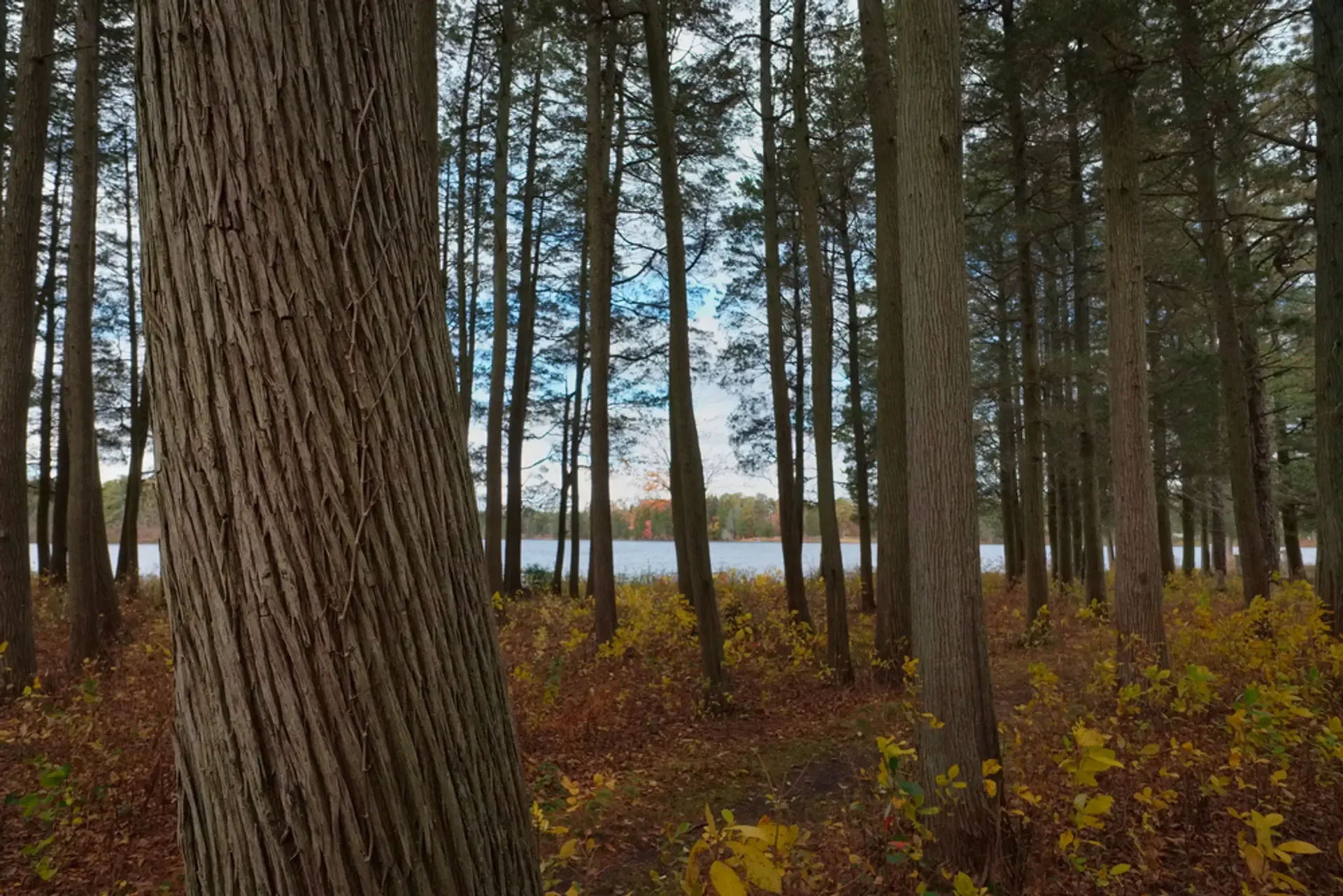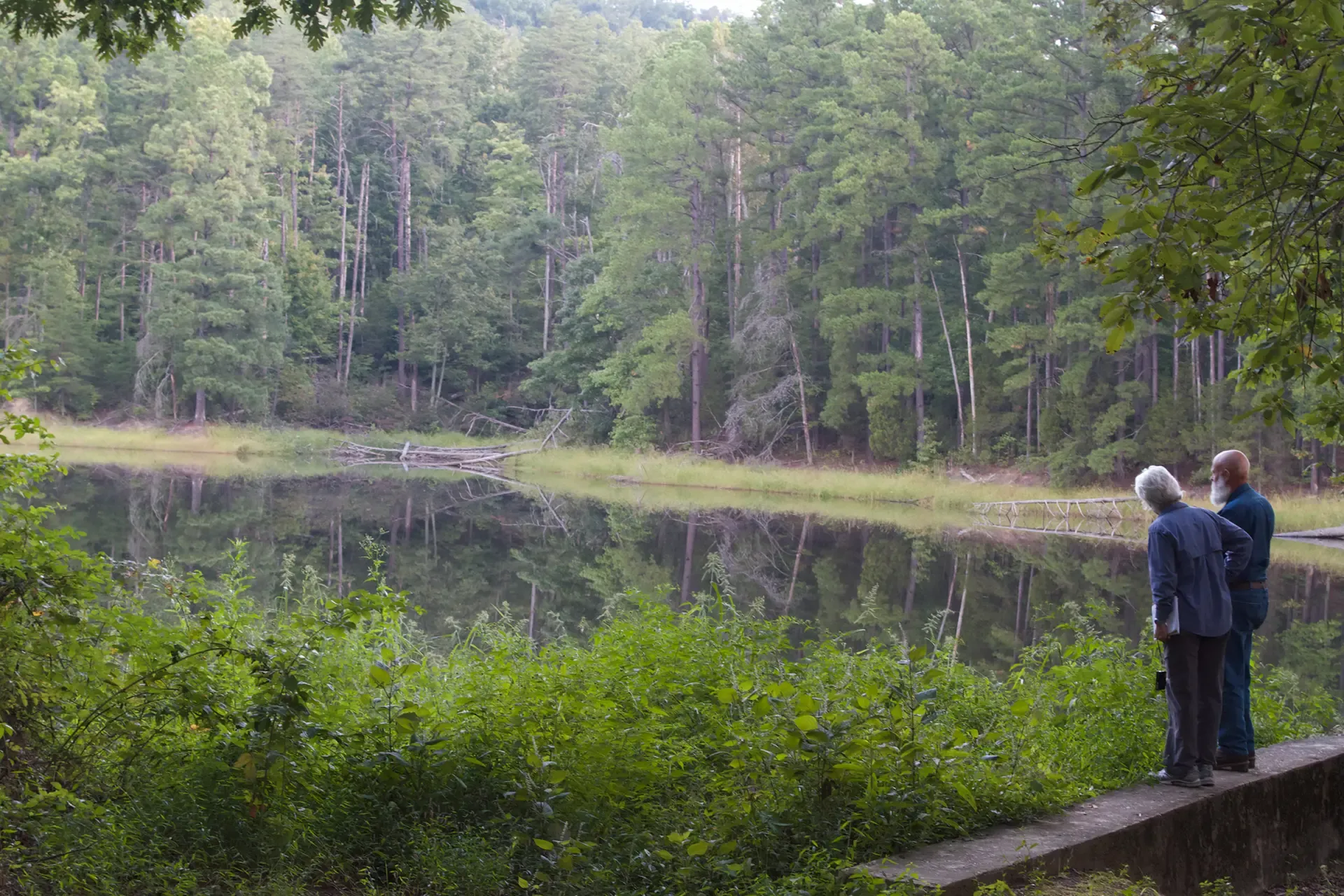Determining a True Carbon Benefit Part 4: Permanence

Over the past several months, we have detailed how the Family Forest Carbon Program, a partnership between the American Forest Foundation (AFF) and The Nature Conservancy (TNC) is working to create a true carbon benefit.
Led by two mission-driven non-profits, the Family Forest Carbon Program is driving meaningful and lasting carbon sequestration and storage to help address our climate crisis. For all involved – from our organizations to the companies who purchase our verified carbon credits, to enrolled landowners who are contributing to a larger conservation movement– it is in our collective interest to ensure we are achieving real climate mitigation together.
The Family Forest Carbon Program is working tirelessly to demonstrate this meaningful impact. First, the carbon benefit must be additional, or generated above and beyond what would otherwise have been ‘business as usual.’ For the Family Forest Carbon Program, we are more precisely and transparently quantifying this additional carbon using a dynamic baseline rather than a standard modeled baseline. From our years of work and expertise with family landowners at AFF, this dynamic baseline allows us to operate a program that fulfills landowners intentions, but measures their actions and does so more transparently.
The next step to ensuring that the carbon benefit stands the test of time. This is called permanence.
Permanence tends to be defined in the carbon context as the longevity of the carbon benefit of at least 100 years, though the exact time period can vary by protocol. That means that the additional carbon dioxide equivalent (CO2e) removed or reduced from the atmosphere as a result of a landowner’s improved forest management practices will last or be permanently captured from the time it was absorbed, say 2021, through the year 2121. Permanence is a critical attribute of a true carbon benefit because it gets at the root of a meaningful impact in fighting climate change – emissions that are removed or reduced need to be permanently removed or reduced in order to reduce the cumulative CO2e in our atmosphere.
The Family Forest Carbon Program ensures that our carbon benefit is permanent through three avenues:
Smart program design that empowers landowners to transition to a long-term sustainable forest management regime that results in improved carbon sequestration and high-value forests for generations to come
Registry with Verra’s IC-VCM approved Verified Carbon Standard that operates a pooled buffer system
Long-term monitoring and engagement of the properties enrolled in our program via a Permanence Fund
Program Design for Sustainable, Long-term Forest Management
The Family Forest Carbon Program is designed to empower family forest owners to shift to long-term, sustainable forest management by providing economic incentives and robust guidance on technical forestry practices. Landowners are currently financially incentivized to take damaging actions, such as over harvesting or high-grading. Instead, our program financially incentivizes adopting decades-long good forest management practices. We also designed our program so that, thanks to the practices, the landowners’ trees increase in value after their time in the program. A forest will be healthier, having larger, more mature trees and providing better wildlife habitat. Healthier forests can be viably harvested without resorting to degrading high-grading practices.
In addition, the Family Forest Carbon Program pairs financial incentives with technical knowledge. We provide free forestry expertise to landowners prior to and throughout their enrollment in the program. Our foresters help explain how certain forest management practices align with the landowner’s goals for their woods and sequester more carbon. Plus, our foresters help write individual forest management plans, which advise a landowner on the activities over the next decade that can improve their forests health and help them achieve their goals through harvest events and regeneration. This way, if they choose to harvest in the future, they will have the knowledge and foresight to make smart, sustainable choices that will keep the forest in a healthy state for the next generation of trees.
Ultimately our program is designed to positively shift the relationship between landowners and their forest.
Verra’s Pooled Buffer System
The second way the Family Forest Carbon Program addresses permanence is through Verra’s Verified Carbon Standard. A carbon project registered with and validated by a respected international carbon crediting standards helps companies feel confident in the high integrity of the program. To address permanence, Verra’s validated Agriculture, Forestry, and Other Land Use (AFOLU) projects participate in a pooled buffer system. This means that projects put a portion of their carbon benefit aside and into a buffer pool (meaning the carbon benefit is not converted into a carbon credit that can be sold) relative to their risk of reversals. This risk is assessed based on internal risks, external risks, and natural risks, including future climate change impacts and sea level rise. The buffer is pooled across all of Verra’s AFOLU projects, similar to how insurance works: some projects will be 100% permanent, and others will have reversals; the excess performance of some can help account for the performance of others, so that as a whole, the credits issued by Verra are guaranteed to remain whole for the 100-year permanence period.
Long-term Monitoring and Engagement
While our program design and verification from Verra both provide robust assurances of permanence, the Family Forest Carbon Program is taking it one step further by committing to the long-term engagement of enrolled properties after their contract periods.
To achieve this, we commit a portion of our revenue at each credit issuance to a Permanence Fund to support alumni landowners and follow up on our carbon credit claims for the full 100-year permanence period. This provides buyers and stakeholders in our program an extra level of assurance that our carbon benefit is here for the long-haul, and the global atmosphere will feel the effects long-term. More specifically, the fund is used for:
Remote monitoring of participating properties (even post-enrollment) during the entire permanence period, so that we can identify with confidence any reversals and appropriately compensate
Continued technical forestry support for landowners beyond their contract period
Community engagement for past and currently enrolled landowners, which has been shown to encourage long-term sustainable management
Additionally, we look to ongoing efforts to by new market standards like IC-VCM, whose Continuous Improvement Work Programs on Permanence will help guide the Voluntary Carbon Market to the next iteration of Permanence mechanisms that drive both integrity and scale of climate action. We at AFF, as well as our partner TNC, believe that we must be open and transparent, and continually refine and innovate if we are to get to the high integrity carbon impact we desire.
If you are interested in joining us in this effort? Let us help you get to the right place:
If you are a forest owner or forester interested in the program, visit FamilyForestCarbon.org.
If you are interested in verified carbon credits as part of your climate strategy, please reach out to John Ringer, Director of Carbon Market Development.
Related Articles

April 13, 2021
Determining a True Carbon Benefit Part 1: Additionality
Of all the concepts in the world of carbon credits, perhaps the most difficult to understand, yet critically important is ‘additionality.’ Ensuring carbon additionality is essential to ensure a company’s climate investment is making a true, positive difference. Christine Cadigan, Senior Director of the Family Forest Carbon Program, further explains the concept.

May 26, 2021
Determining a True Carbon Benefit Part 2: Baselines
The Family Forest Carbon Program has created a new methodology, including an innovative approach to setting a baseline, similar to what is done in medical trials.

September 2, 2021
Determining a True Carbon Benefit Part 3: From Intention to Action
When measuring additionality many carbon projects ask, “Is the carbon generated from a forest carbon project because of the project or would it have happened absent the particular project or intervention?” While intention does play a role, it is often misinterpreted by those unfamiliar with the needs and behaviors of forest owners. Rather, to create a true carbon impact, a forest carbon project should factor intention into program design, yet measure real-life behavior.